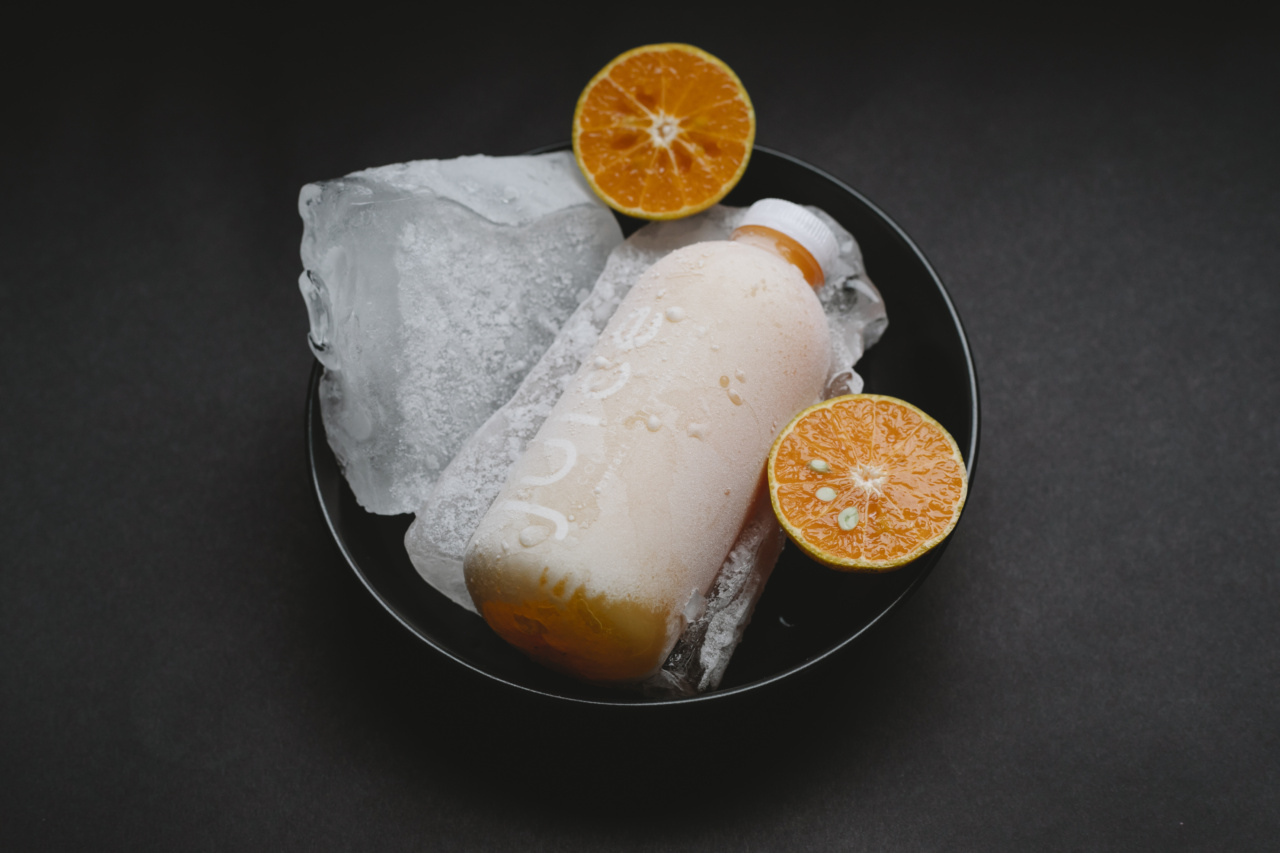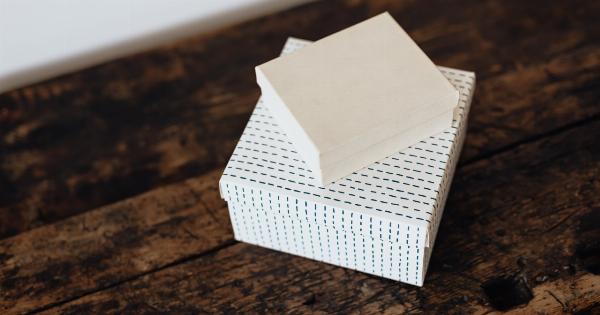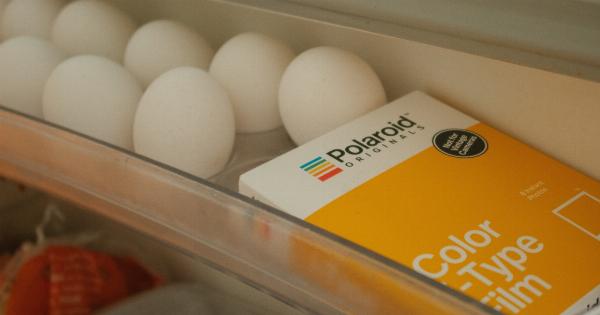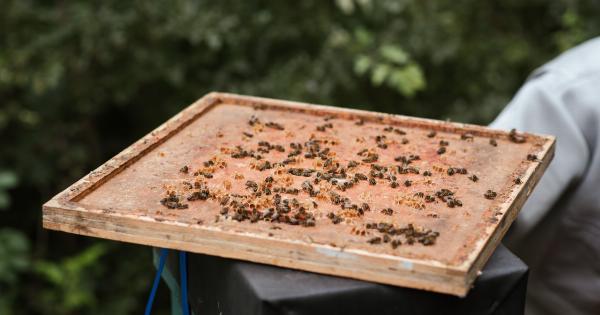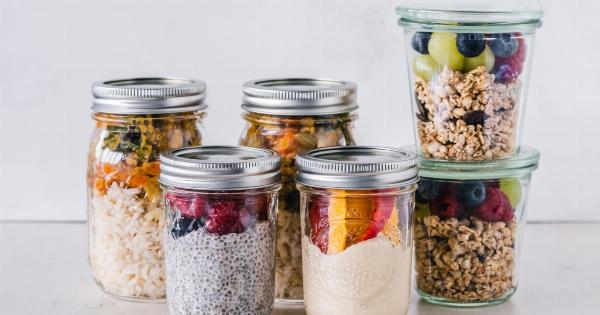Freezing food is a convenient and effective way to extend its shelf life while retaining its freshness and nutritional value.
Whether you’re stocking up on groceries, preserving leftovers, or preparing meals in advance, proper freezing techniques are essential to maximize the quality and taste of frozen food. In this article, we will discuss various tips and methods on how to freeze food for maximum freshness.
1. Choose Fresh and High-Quality Ingredients
The key to freezing food successfully starts with selecting fresh and high-quality ingredients. Opt for ripe fruits, vegetables, and meat that are free from any visible signs of spoilage.
Freezing will not improve the quality of the food, so it’s crucial to start with the best possible ingredients.
2. Prep and Package Food Correctly
Proper preparation and packaging are crucial for maintaining the freshness and flavor of frozen food. Here are some important tips to follow:.
3. Blanch Vegetables
Blanching vegetables helps preserve their color, flavor, and nutrients. This process involves briefly boiling the vegetables and then immediately immersing them in ice water to stop the cooking process.
Once blanched, drain the vegetables well and pat them dry before freezing. Package them in airtight containers or freezer bags, removing as much air as possible.
4. Use Freezer-Safe Containers
When it comes to freezing food, using the right containers is crucial. Choose containers specifically labeled as freezer-safe to prevent freezer burn and ensure the quality of the food remains intact.
Glass, plastic, and aluminum foil containers with tight-fitting lids are ideal for freezing a variety of foods.
5. Wrap Meat Properly
To maintain the quality of frozen meat, it’s essential to wrap it tightly to prevent exposure to air. Use plastic wrap or freezer paper to create an airtight barrier around the meat.
For added protection, place the wrapped meat in a freezer bag or an airtight container.
6. Consider Portion Sizes
Freezing food in smaller portion sizes makes it easier to defrost and reduces waste. Divide large quantities of food into individual or family-sized portions before freezing. This way, you can defrost only what you need without thawing the entire batch.
7. Label and Date Packages
Properly labeling and dating your frozen food packages is essential for organization and to keep track of storage times. Use waterproof markers or labels to clearly mark the contents and date of freezing.
This will help ensure you use the oldest packages first and avoid any potential food waste.
8. Follow Freezing and Thawing Guidelines
Each type of food has different freezing and thawing guidelines. It’s important to follow these guidelines to ensure maximum freshness and safety.
Consult reliable sources such as food safety authorities, reputable cookbooks, or trusted online resources for specific instructions on freezing and thawing different foods.
9. Avoid Temperature Fluctuations
Consistency in temperature is critical for maintaining the quality of frozen food. Avoid frequent temperature fluctuations by keeping the freezer door closed as much as possible.
Consider investing in a separate freezer thermometer to monitor and maintain the ideal temperature range for frozen food storage.
10. Arrange Food Properly in the Freezer
Efficiently organizing the freezer is important to prevent cross-contamination, freezer burn, and to maximize space. Here are some tips to arrange food properly in the freezer:.
Conclusion
Freezing food can be a convenient and economical way to preserve freshness while reducing food waste.
By selecting fresh ingredients, following proper preparation and packaging techniques, and adhering to freezing and thawing guidelines, you can enjoy the benefits of frozen food without compromising on taste and quality. Remember to label your packages properly and organize your freezer for easy access and efficient storage. With the right freezing techniques, you can extend the life of your food and enjoy the convenience of having a well-stocked freezer.
